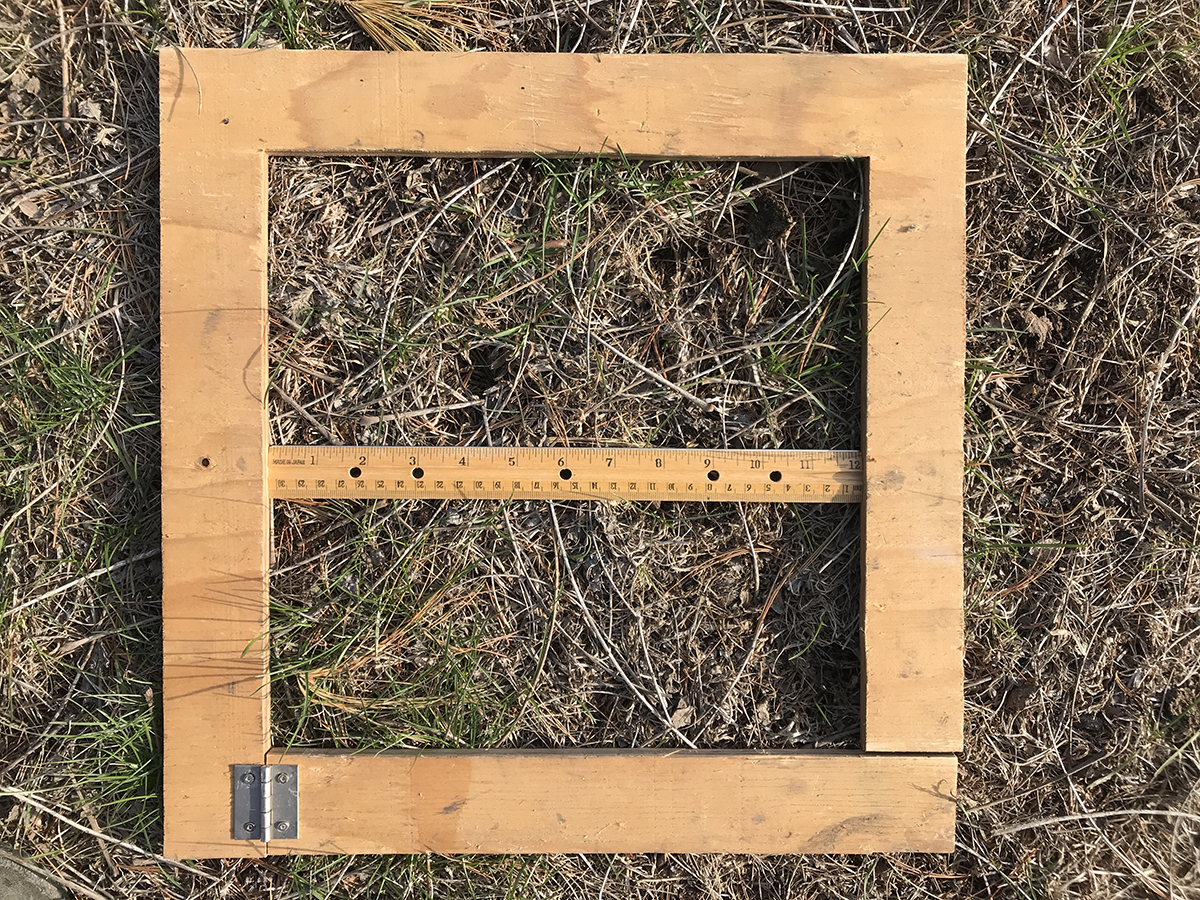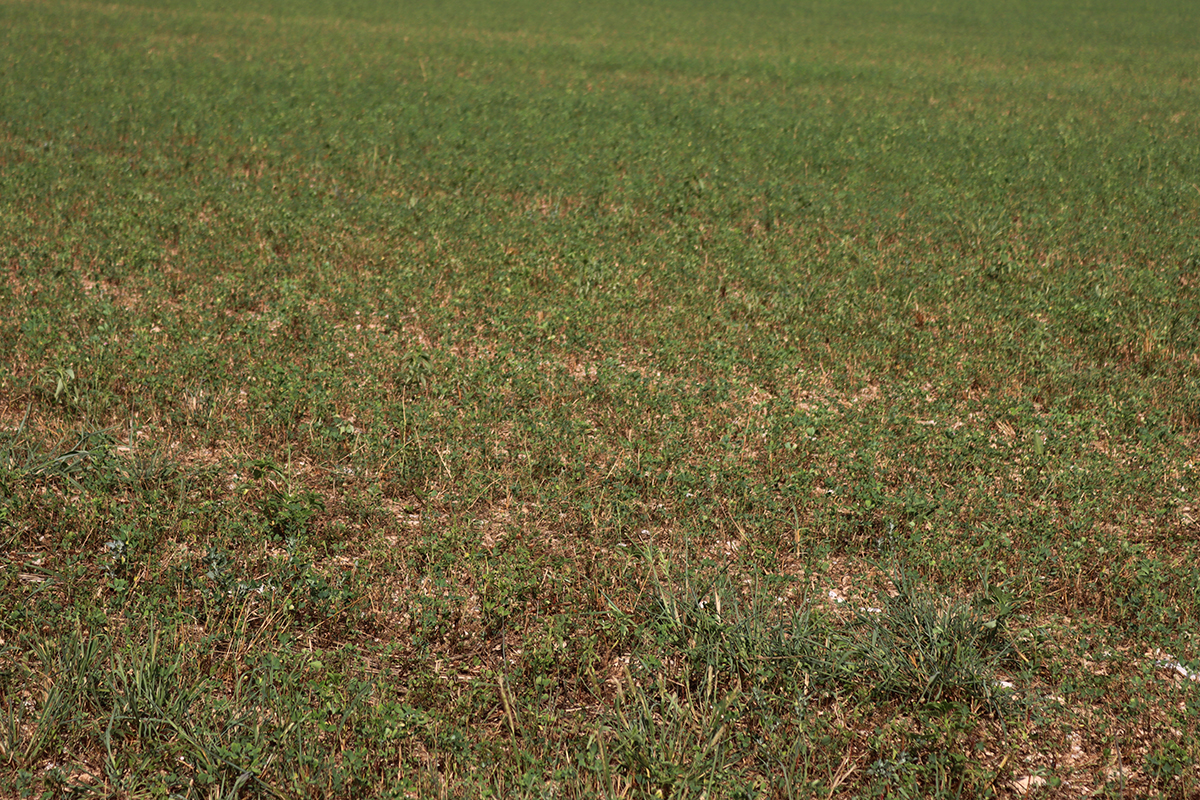Assessing Alfalfa Stands: Spring 2025
By Margaret Smith, PhD
Albert Lea Seed Forage Agronomist
It was a tough winter in the Upper Midwest and other areas experiencing drought conditions. Averaged across the winter months, this winter wasn’t colder than the long-term average, but it did have a few very cold weeks interspersed with warmer periods and had less snow cover than average in most areas. These temperature swings often cause alfalfa and winter annual small grains to move in and out of dormancy and reduce winter plant survival. Many small grain fields winterkilled this year and we’re hearing reports, too, of alfalfa stand reductions scattered through the region.
To keep or not to keep? That is the question.
By this time—Mid-April—in most areas you can make a conclusive assessment of your alfalfa stands.
Your first drive-though field survey may tell you all you need to know, and further evaluation may not be necessary. Large gaps in the field of over half of your stand indicate no potential yield in the bare areas. Economics dictate major interseeding or planting to another crop this year.
There are two common methods for making alfalfa stand evaluations. Both require sampling the entire field, taking random samples in five—or preferably more—areas. You’ll need a foot square measure (see image below) or a tape measure and flags to mark foot square quadrats in which to take your counts.

Method 1: Stem count.
Stem count per square foot is the best indicator of potential yield. Count any stem the mower would cut. If there are fewer than 39 robust stems per square foot, consider tearing up the stand. It’s difficult, though, to get a count until the spring regrowth is 4 to 6 inches tall. If regrowth isn’t yet that tall, use method 2.
| ALFALFA STEMS PER SQUARE FOOT | SUGGESTED ACTION |
|---|---|
| > 55 | No yield loss expected. Keep stand. |
| 40-55 | Some yield loss expected, but stand likely too competitive to interseed. Keep stand. |
| < 39 | Yield loss expected. Replace stand or interseed other species. |
Adapted from Alfalfa Stand Assessment: Is This Stand Good Enough to Keep?
Method 2: Plant count.
When evaluating a stand in the early spring before stems are tall enough to count, you will have to base your decision on the number of plants (crowns) per square foot. Use the following guidelines:
| SEASON IN WHICH COUNTS ARE CONDUCTED | PLANTS PER SQUARE FOOT SUGGESTED TO WARRANT KEEPING STAND |
|---|---|
| Fall of seeding year | > 20 |
| Spring: 1st year after planting | > 12 |
| Spring: 2nd year after planting | > 8 |
| Spring: 3rd year after planting | > 5 |
Adapted from Hay and Pasture, Illinois Agronomy Handbook
For either method, also examine the health of your alfalfa plants. At each of your five sample sites, dig at least three plants and split the stems. If roots exhibit a brown discoloration, those plants are suffering from freeze damage or disease and will be less productive throughout the growing season. Plants with roots showing significant browning and evidence of root rot that affects more than 50% of the root diameter shouldn’t be included in your total plant count.
___
Resources:
- Alfalfa Stand Assessment: Is This Stand Good Enough to Keep?, University of Wisconsin
- Hay and Pasture, Illinois Agronomy Handbook, University of Illinois
